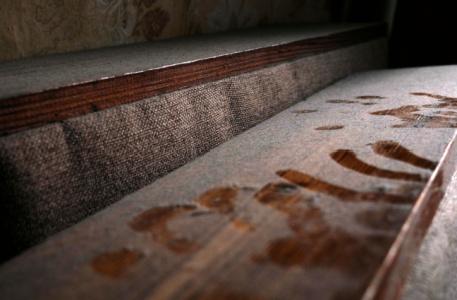
10 Techniques to Decrease Dust in Your Home
No matter where you live, dust happens.
We’re all familiar with dust, but where does it come from? The tiny particles floating around and settling on surfaces originate from various internal and external sources. Dust includes soil, pollen, skin cells, fabric fibers, pet dander, feces, bacteria, dust mites, chemical contaminants, and more.
Dust can vary dramatically, depending on where you live and the things, people, and pets that occupy your home. Some locations have more airborne dirt and pollutants than others, and some homes generate more dust from interior sources than others.
Regardless of the source, dust is unattractive, and inhaling it is potentially harmful. But few homeowners enjoy constant cleaning. So instead of doubling down on dusting, consider these easy ways to prevent it from entering and spreading throughout your home.
1. Double up on doormats.
Purchase two high-quality doormats to help capture dirt and debris tracked into your home and position them on each side of your door. For the best results, use two doormats at each entry point.
2. Plan for paws.
Pet owners must also deal with the dirt that their four-legged friends track in. Since you can’t count on dogs to wipe their feet on your doormats, keep a basket with a rag and spray bottle or a container of wet wipes nearby, so it’s easy to clean Fido’s paws as needed.
3. Shelve your shoes.
Since footwear is a significant contributor to the dust in your home, consider a “no shoes” policy and remove your shoes at the entryway. Instead, keep a comfortable pair of seasonal footwear near the door, or go shoeless!
4. Purchase an air purifier.
An air filtration system can help trap dust floating in your home before it settles on surfaces. Depending on your needs and budget, you may want to invest in a whole-house system or focus on individual air purification units for the rooms where you spend the most time.
5. Opt for hard flooring surfaces.
When you walk on carpeting, tiny fibers and possibly toxic chemicals can be released into the air. In contrast, hard flooring surfaces like wood, tile, or vinyl don’t generate dust. Plus, keeping them clean with a simple dust mop is relatively quick and easy.
6. Fewer fabrics.
Like carpeting, various textile surfaces in your home can produce dust or provide places for dust to collect. Think window curtains, throw pillows, extra towels, and the dust that accumulates on the shoulders of things you seldom wear, hanging in your closet. Consider eliminating any unnecessary dust magnets or storing them in vacuum seal bags or plastic containers.
7. Contain clutter.
Dust also collects on hard surfaces, so the more you can eliminate clutter throughout your home, the easier it is to keep things clean.
8. Change your furnace filter frequently.
Furnace filters trap dust to varying degrees, but they all need to be replaced periodically to capture as much dust as possible and prevent damage to your HVAC system.
9. Upgrade your vacuum filtration.
A regular vacuum-cleaning routine is crucial for keeping floors dust-free, but sweepers can release dust into the air if they aren’t trapping it. Ensure your vacuum is equipped with a HEPA filter and a dirt chamber (or bags) that completely capture dust. That way, your cleaning efforts will last longer and be more effective.
10. Keep windows closed.
When outdoor air conditions are pleasant, many homeowners enjoy bringing fresh air into their homes, especially after a long, cold winter. But remember that most of the dust in your home comes from outside, especially on windy days when dirt, pollen, mold spores, and pollutants are very likely to blow in through open windows.
